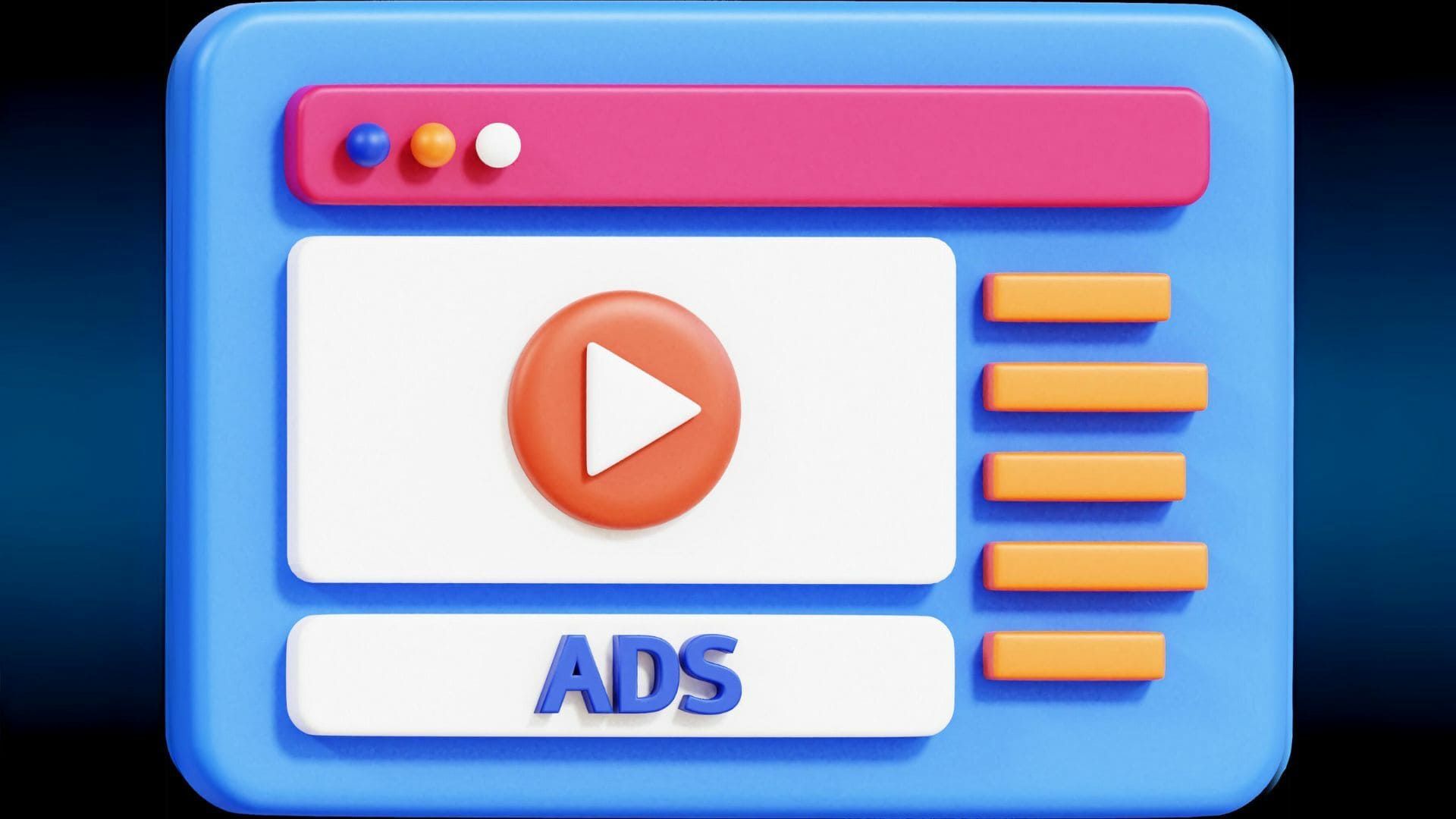In this blog, we will look at the many ad formats available for digital media buying and share insights to help you decide which one best fits your advertising objectives.
The Landscape of Digital Advertising
In recent years, digital advertising has seen a tremendous revolution. The days of just installing banner advertising on websites and hoping for the best are long gone.
Advertisers can now choose from a variety of ad types, each designed to attract the attention of their target audience in a unique way. Here are some of the key ad formats dominating the digital advertising landscape:
1. Display Ads
Probably the most well-known type of digital ads, display ads are available in a variety of sizes and can be static or dynamic. These advertisements are frequently seen on websites, typically at the top, sides, or bottom of web pages. Display advertisements are a versatile option that can be used for both brand awareness and direct response initiatives.
2. Video Ads
It is a dynamic and entertaining medium that is quickly gaining popularity. Video advertisements can be found on social networking platforms, video-sharing websites such as YouTube, and even within mobile apps. They can range from six-second advertisements to longer, elaborate video content. Video ads are extremely efficient at telling a story and conveying a message.
3. Social Media Ads
Platforms such as Facebook, Instagram, Twitter, and LinkedIn offer their own set of ad formats. These can include image and video ads, carousel ads, slideshow ads, and more. The ability to target certain demographics and interests makes social media ads extremely precise in reaching the proper audience.
4. Search Engine Ads
Often referred to as pay-per-click (PPC) advertising, search engine ads involve bidding on keywords for your ads to appear in results pages. Google Ads is a good example of this type of format. It’s perfect for advertisers that want to reach out to potential customers who are actively browsing for products or services.
5. Native Ads
These advertisements are designed to blend in with the content on the website or platform where they are placed. They are less distracting and more engaging for consumers since they replicate the look and feel of the surrounding material. Native advertisements can be seen in editorial articles, social media feeds, and other internet locations.
6. Interactive Ads
Users are invited to engage with interactive ads, which creates a more engaging experience. Interactive quizzes, games, and polls are a few examples. These advertisements are available on websites, mobile apps, and social media platforms.
7. Rich Media Ads
These ads go beyond static images to include elements such as video, audio, animations, and interactive features. They are excellent for capturing user attention and conveying complex messages.
8. Email Marketing
Sending promotional messages directly to a user’s inbox is what email marketing is all about. This approach works really well for nurturing leads and maintaining clients. It frequently includes tailored content as well as call-to-action (CTA) buttons.
Choosing the Right Ad Format
To determine which ad format is right for your digital media buying campaign, you must first clarify your advertising objectives. Here are some common goals and the ad formats that align with them:
Brand Awareness
If your primary goal is to increase brand visibility and awareness, consider using display ads, video ads, and social media ads. These formats allow you to reach a large number of people while effectively conveying your brand’s message.
Lead Generation
Search engine ads and social media ads are both excellent choices for lead generation. You can target specific groups and attract potential clients who are actively looking for products or services.
Direct Sales
If your primary objective is to drive immediate sales, consider using display ads, video ads, or rich media ads. These formats can include compelling CTAs and are well-suited for converting prospects into customers.
Engagement and Interaction
Interactive ads and rich media ads are perfect for increasing user engagement and interaction. These formats encourage users to participate and spend more time with your content.
Content Promotion
Native ads are an effective choice for promoting content, as they seamlessly blend into the surrounding material and offer a less intrusive experience for users.
Customer Retention
For retaining and re-engaging existing customers, email marketing is a powerful tool. It allows you to deliver personalized content and offers directly to your customers’ inboxes.
Evaluating Ad Format Effectiveness
Evaluating different ad formats for your campaign is a critical decision that can impact its success. To help you make an informed choice, here are key factors to consider:
Campaign Goals
Understanding your campaign objectives is the first step in selecting an ad format. Whether your goal is to raise brand awareness, generate leads, sell products, or anything else, various ad layouts are better suited to accomplishing specific objectives. For example, video advertisements are great for brand exposure and storytelling, whereas search ads are great for increasing traffic and conversions.
Target Audience
Take into account your target audience’s preferences. Certain ad types are more appealing to different demographics and user behaviors. Younger people, for example, may respond better to video and social media commercials, whereas professionals may respond better to search and display ads.
Budget Constraints
Your budget plays a crucial role in determining the ad format. Some formats, such as video ads, can be more costly to produce and run than simple text-based search ads. Make sure your budget aligns with your chosen ad format.
Ad Placement and Platforms
Where and on which platforms you intend to run your ads can influence the ad format. Some formats are specific to certain platforms, such as Facebook’s carousel ads. Consider where your audience is most active and choose accordingly.
Creative Assets
Assess your creative assets and capabilities. Video ads require video content, while display and social media ads rely on eye-catching visuals. Ensure you have the necessary resources to create compelling content for your chosen format.
Ad Format Performance Analysis
After selecting your ad format, it’s important to monitor your campaign’s performance. You can set specific KPIs and track metrics, such as click-through rates, conversion rates, and return on ad spend (ROAS).
Consider using A/B testing to fine-tune your ads and optimize them for better results. Continuously assess your campaign’s performance and adjust your strategy as needed to achieve your goals.
Digital media buying offers a wide array of ad formats, each catering to different campaign goals and target audiences. By carefully uating these formats and considering factors such as campaign objectives, budget, and creative assets, you can make informed decisions that lead to successful advertising campaigns.
Remember that the digital advertising landscape is ever-evolving, so staying updated with the latest trends and technologies is essential for long-term success in the digital marketing realm.
Blog Last Updated on 2 months by New Path Digital






